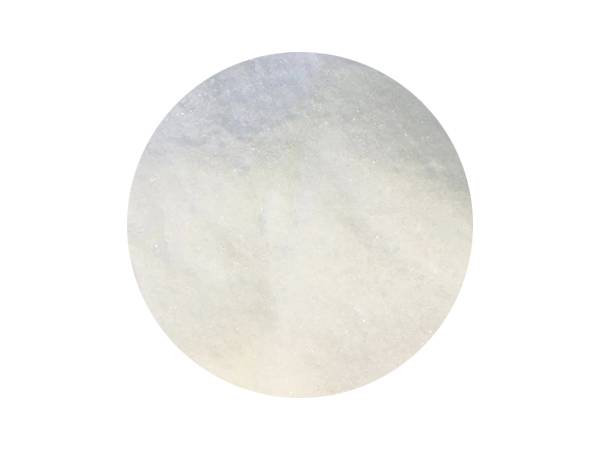



Comparing Sodium Bisulfate and Sodium Bicarbonate for Different Applications and Uses
Sodium Bisulfate vs. Sodium Bicarbonate A Comparative Analysis
Sodium bisulfate and sodium bicarbonate are two important chemical compounds that find diverse applications across various industries and household settings. While they share some similarities in terms of their chemical composition, they serve different purposes and exhibit distinct properties that make them suitable for specific applications. This article aims to compare and contrast sodium bisulfate and sodium bicarbonate, focusing on their chemical characteristics, uses, and safety considerations.
Chemical Characteristics
Sodium bisulfate (NaHSO4) is an acidic salt formed from sulfuric acid and sodium hydroxide. It is a white, crystalline powder that is hygroscopic, meaning it can absorb moisture from the air. Sodium bisulfate is often used as a pH reducer in swimming pools, a cleaning agent for surfaces, and in various industrial processes.
Sodium bicarbonate (NaHCO3), commonly known as baking soda, is a weak alkaline compound. It appears as a white crystalline powder and is known for its mild alkaline properties. When dissolved in water, sodium bicarbonate can neutralize acids and is frequently used in cooking as a leavening agent, in medicine as an antacid, and for various household cleaning tasks.
Uses in Various Applications
The applications of sodium bisulfate and sodium bicarbonate highlight their distinct functionalities. Sodium bisulfate is primarily utilized in pool sanitation by lowering the pH of the water, making it more effective for disinfection. It is also used in the textile and food industries for pH control and as a food preservative, respectively. Additionally, sodium bisulfate functions as a cleaning agent, effectively removing rust and other stains.
sodium bisulfate vs sodium bicarbonate

In contrast, sodium bicarbonate is widely celebrated for its versatility in everyday life. As a leavening agent, it’s a staple ingredient in baking, helping dough rise by producing carbon dioxide gas when it reacts with acidic components. Beyond the kitchen, sodium bicarbonate is often used as an antacid for alleviating heartburn and indigestion. It also finds utility in cleaning, deodorizing, and even in personal care products due to its gentle abrasive qualities.
Safety and Environmental Considerations
When discussing the safety of these two compounds, sodium bicarbonate is generally regarded as safe for human consumption and use in various household applications. It is non-toxic and poses minimal risk when used as directed, making it a favorite in kitchens and health care.
On the other hand, sodium bisulfate requires more careful handling. While it is effective in various applications, it is considered an irritant to the skin, eyes, and respiratory system. Proper safety precautions, such as wearing gloves and protective eyewear, are recommended when using sodium bisulfate, especially in industrial settings.
Conclusion
In conclusion, sodium bisulfate and sodium bicarbonate serve essential but different roles in both commercial and domestic applications. Sodium bisulfate is favored for its acidic properties and effectiveness in pH control, particularly in industrial processes and sanitation. Meanwhile, sodium bicarbonate stands out for its versatility and safety in cooking, health, and cleaning. Understanding the differences and appropriate uses of these two compounds can help individuals and industries make informed choices for their specific needs. Whether it is for baking a cake or maintaining a swimming pool, recognizing the unique characteristics of sodium bisulfate and sodium bicarbonate ensures effective and safe application.
-
Why Sodium Persulfate Is Everywhere NowNewsJul.07,2025
-
Why Polyacrylamide Is in High DemandNewsJul.07,2025
-
Understanding Paint Chemicals and Their ApplicationsNewsJul.07,2025
-
Smart Use Of Mining ChemicalsNewsJul.07,2025
-
Practical Uses of Potassium MonopersulfateNewsJul.07,2025
-
Agrochemicals In Real FarmingNewsJul.07,2025
-
Sodium Chlorite Hot UsesNewsJul.01,2025










